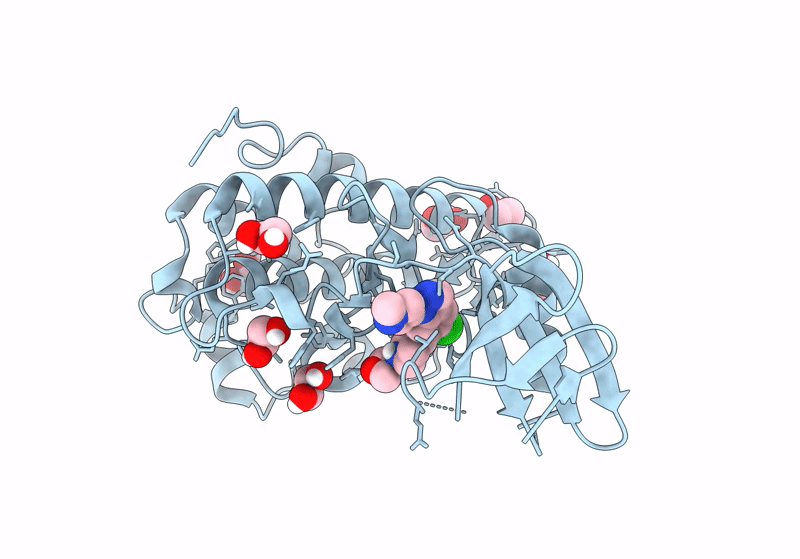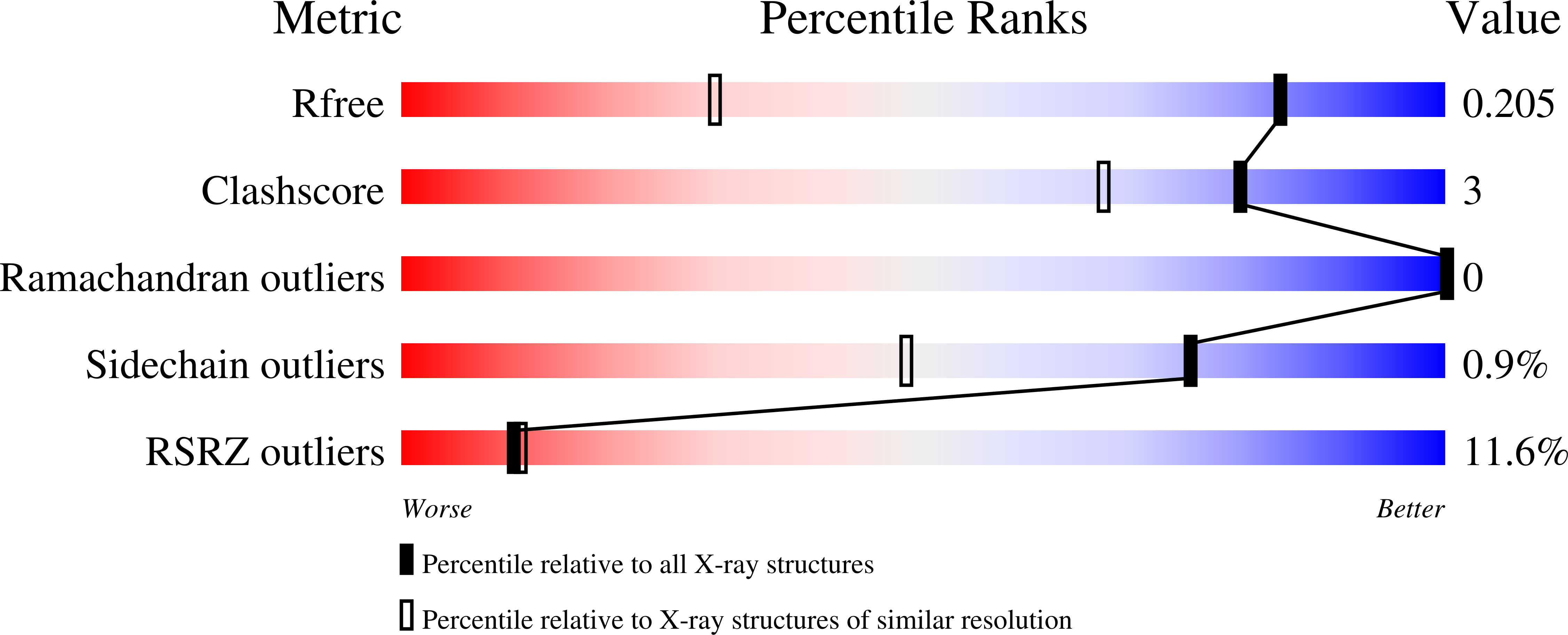
Deposition Date
2024-06-26
Release Date
2024-09-18
Last Version Date
2024-10-02
Entry Detail
PDB ID:
9CE4
Keywords:
Title:
Structure of CHK1 10-pt. mutant complex with LRRK2 indazole inhibitor compound 6
Biological Source:
Source Organism:
Homo sapiens (Taxon ID: 9606)
Host Organism:
Method Details:
Experimental Method:
Resolution:
1.31 Å
R-Value Free:
0.22
R-Value Work:
0.18
R-Value Observed:
0.18
Space Group:
P 1 21 1


